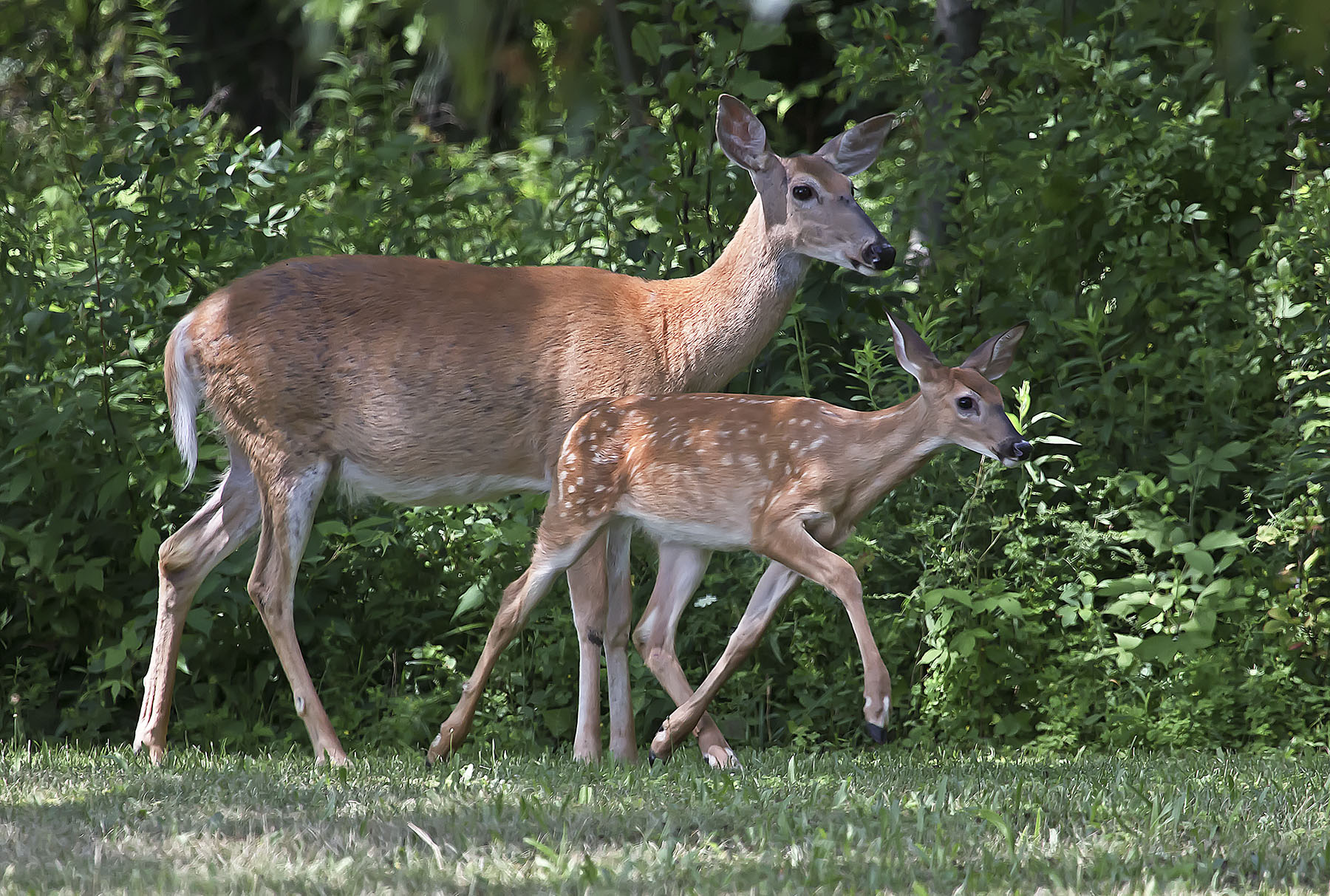Red Tailed Boa


Red Tailed Boa
LOCATION
Scientific name
Common Boa
NATIVE ORIGIN
Red Tailed Boas are large, non-venomous constrictor snakes meaning they kill their prey by squeezing. They are colored by a range of beige to red dorsal patterns, and tend to have a concentration of darker brown and red colorations near their tail, hence “Red-Tailed”.
Red-tailed boas are incredibly popular exotic pets as they do well in captivity and are generally tame. It is believed the red-tailed boa population on St. Croix began with the release of a pet boa into the wild. Red Tailed boas are also escape artists, and can or the animal escaped from captivity. . The first observations were recorded off the North Carolina coast in 1985, then in Bermuda in 2001, the Bahamas in 2004 and now they are prolific throughout the Caribbean.
Females reach sexual maturity at 3 years of age, and then can produce 20-50 live hatchlings after a 110-150 days gestation period. The maximum litter size is recorded as being 60 hatchlings after one gestation period. Hatchlings lead independent lives from birth.
Females also do NOT need male fertilization to reproduce.
Ecological Impact
- Red-tailed boas are considered a threat to various endemic species that fall prey to boas both when they are younger living in trees, and when they have reached their adult size and reside on the ground. Boas will eat anything that they can fit in their mouth!
- In the Virgin Islands, species at risk include native shorebirds, reptiles, and amphibians.
- It is also feared that red-railed boas may outcompete the smaller endemic snakes such as the endangered Virgin Islands Tree Boa, Epicrates monensis ranti and the Puerto Rican Racer, Alsophis portoricensis.
Management/Control
- Recently, the Division of Fish and Wildlife has begun rolling out a “Boa Bounty” program to control the St. Croix Red-Tailed Boa population. The program requires participants to first complete a brief boa handling training for $5. Then, participants may bring in the snakes, dead, with head and stomachs intact, to the Division of Fish and Wildlife for a bounty per foot length.
- It is also required to submit photos and coordinates of each snake for reporting purposes to DFW.
- As the red tailed boa population is only on St. Croix, the program will only be held on St. Croix.
What You Can Do!
- If you are on St. Croix you may join the Boa Bounty program!
- You may also help DFW managed Boa Constrictor populations by reporting sightings. This can be done by contacting DFW directly at (340) 773-1082. You may also submit an anonymous “tip” to the DPNR hotline. This can be done online through the website DPNR Hotline (vi.gov) or on the go through the downloadable DPNR Hotline App!
- Download on the Google Play App Store
Download on the Apple App Store - Remember; Never release a captive pet boa into the wild!
References
- Golden 2017
- Vázquez-Domínguez et al., 2012
- Burridge & Simmons, 2003
- Cuaron et al, 2004
- Issg Database
- Reed 2005
- Areste & Cebrian, 2003
Location: 6291 Estate Nazareth St. Thomas USVI 00802
Phone: 1-340-774-3320 1-340-773-1082
Email: info@invasive.vi.gov


